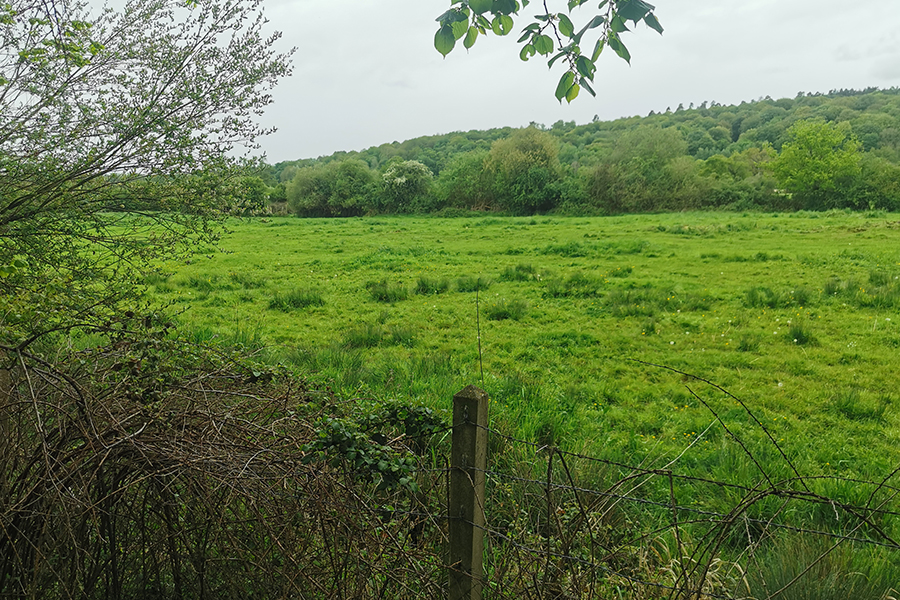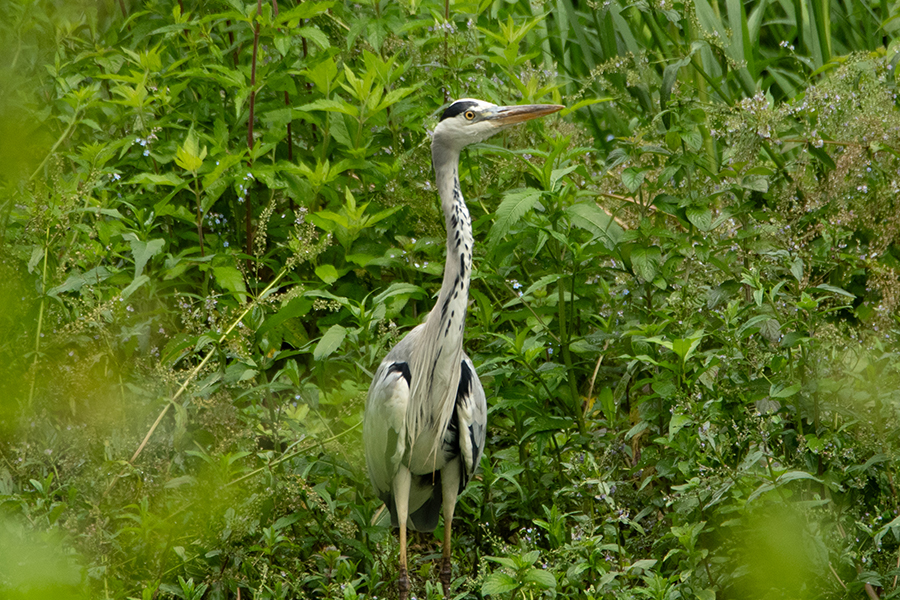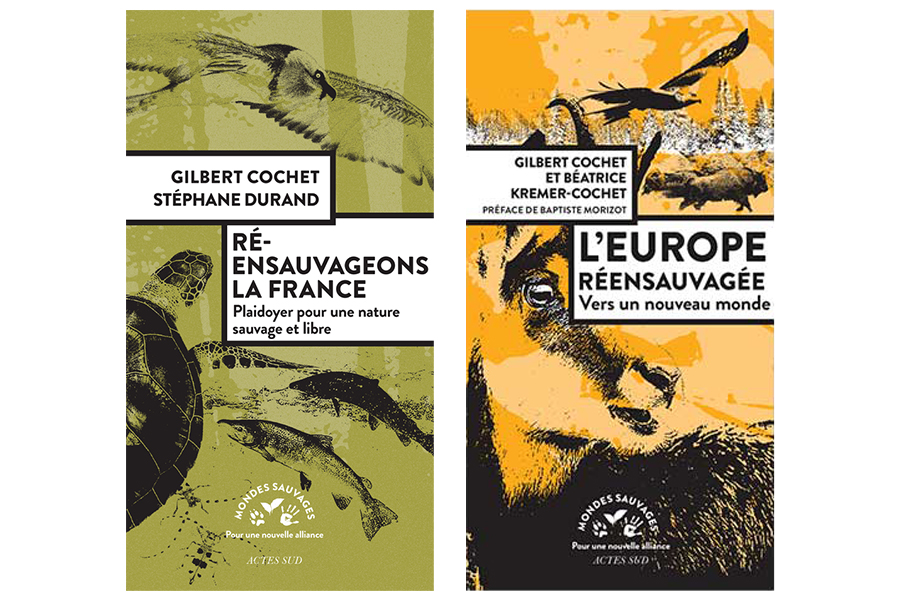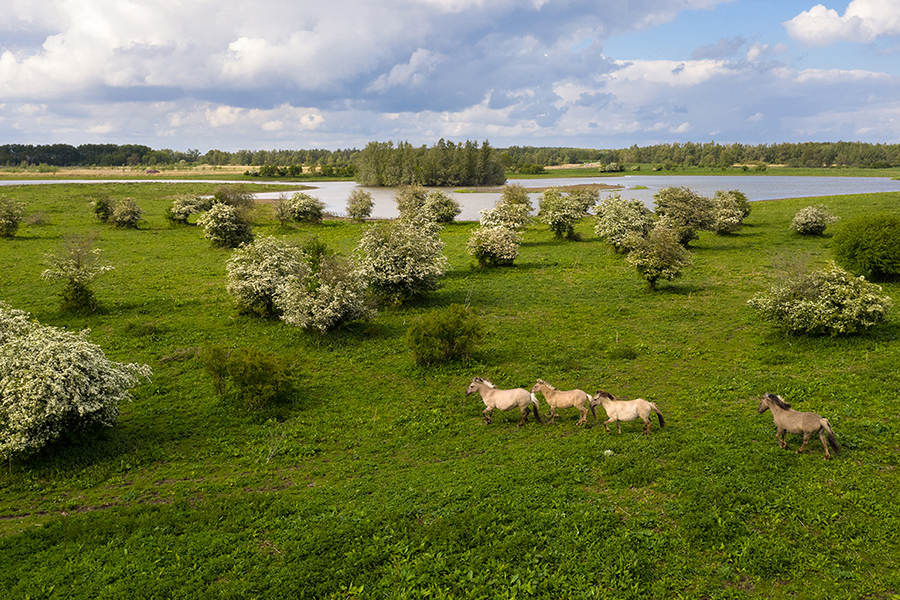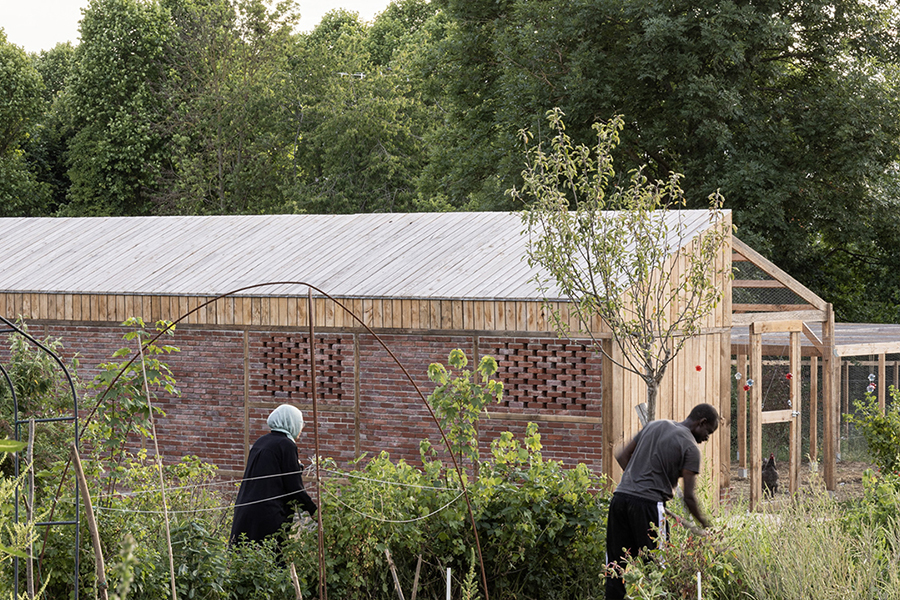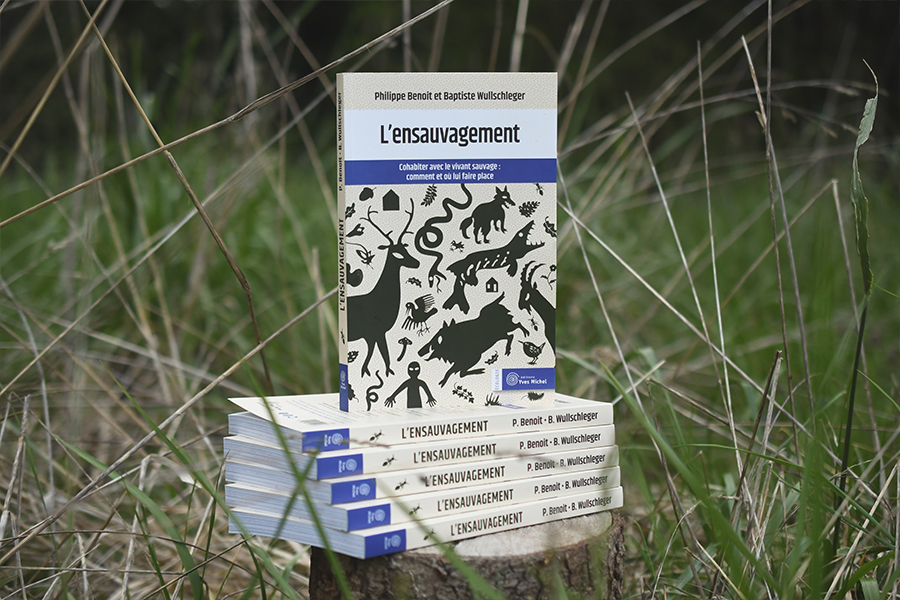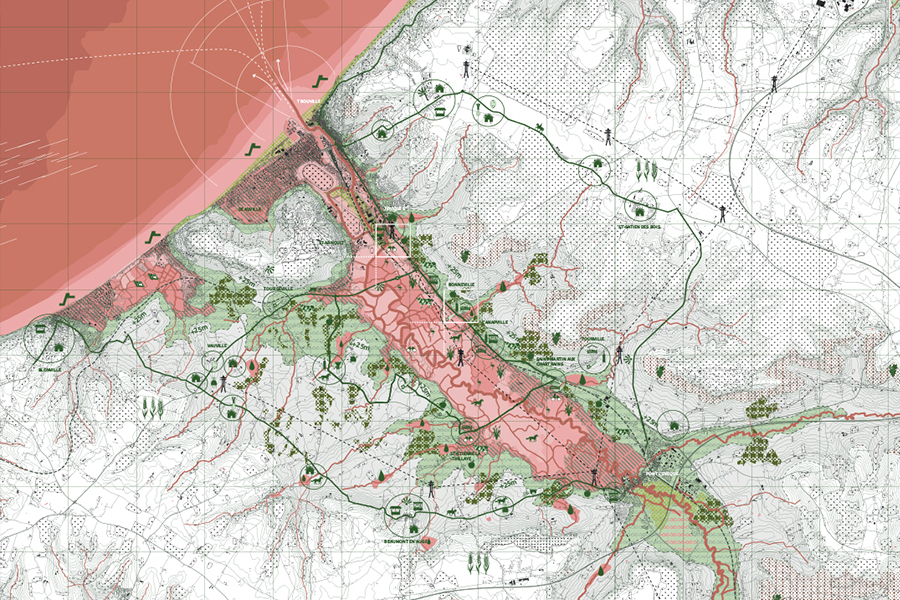Les Intensités Sauvages
Bernay Terres de Normandie (FR) - Runner-up

TEAM DATA
Associates: Philippe Benoit (FR) – architect, Baptiste Wullschleger (FR) – architect landscaper
bw@loa.archi / https://www.habiterlespaysages.com/
See the complete listing of portraits here
See the site here
TEAM PORTRAIT
VIDEO (by the team)
INTERVIEW
Click on the images to enlarge
1. How do you define the main issue of your project in relation with the theme “Living Cities Imagining architecture taking care of the milieus”? And in which way do you think your project can contribute to an ecological and/or social evolution?
Architecture does not take care of milieus. Architecture is a part of the human biotope, which is itself part of wider and forgotten ecosystems. Our project is a call to reactivate these forgotten – yet essential to inhabitate the world – links to the ecosystems through geography. In order to do so, the project analysis the gradient of intensities of land use, from the wilder to the most domestic, and tries to manage connections between these two polarities. It relies on the ability of ecosystems to manage themselves in free evolution, creating new perspective of comfort, joy, and use for Humans.
2. How did the issues of your design and the questions raised by the site mutation meet?
Bernay’s site is characterised by four former industrial sites, representative of the human way to inhabit the Risle’s valley in the XXth century. Nowadays, the industrial configuration and it’s relation to water are no longer relevant considering the globalization’s progress and the many issues (droughts, heatwaves, flood, collapse of biodiversity) raised by climate change. Our design creates larger scale rewilded “backbone” on which renewed human uses can be plugged. It links the two great natural areas north and of the valley (the Seine river estuary and Normandy’s innerland) to create a continuous pathway for biodiversity. By designating areas of free evolution for living things, it allows agriculture to be renewed around it, local “terroir” craft, new pedestrian tourism, and revitalized ecosystems for all living. The four sites are used as polarities to activate the large scale.
PROJECT:
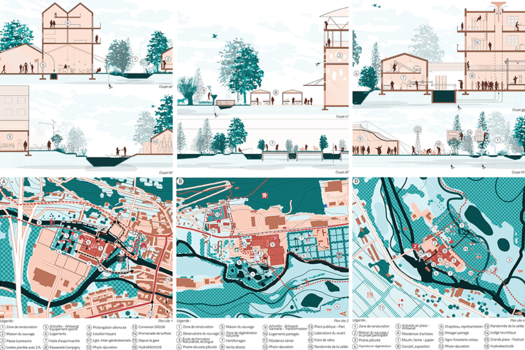
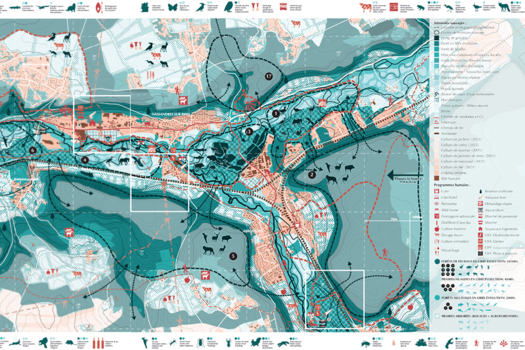
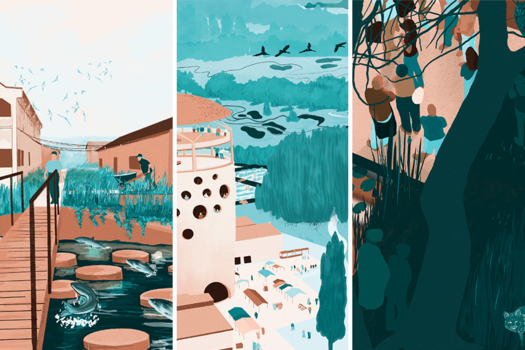
The question of “wildering landuse” has been central in our work since the last five years. We were inspired by the intellectual bubbling that has been going on for the last 15 years in the area of philosophy, biology, natural conservation (Morizot, Desprets, Berque, Cochet, and so on). All these fields were very advanced but it seemed to us that they were lacking conceptual tools to apply to landuse and urbanism. We did years of research to find plausible ways for 21st century European humans to share the land with wild living. We discovered that wildering could be a crucial tool in the emergence of bioregion, and adaption to climatic disorder. Most of this research is concealed in our book “l’ensauvagement” (2023, éditions Yves Michel).
SITE:

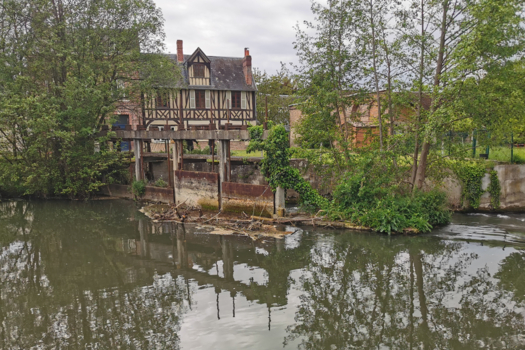

“Les intensités sauvages” articulates several scales of approaches in time and space, in order to give birth to a global territorial revitalization’s strategy of the Risle’s valley. The project distinguishes between on one hand, interventions on a very large scale, involving regional and departmental stakeholders (Water Agency, department, agricultural chamber, SAFER, etc.), enabling the establishment of a long-term strategic backbone; and on the other hand, activations and “space-prefigurations” interventions on the four sites, involving municipalities, associations, and private property owners. A substantial dialogue between the various municipalities of the Community of Communes and the different stakeholders will need to be implemented.
REFERENCES:


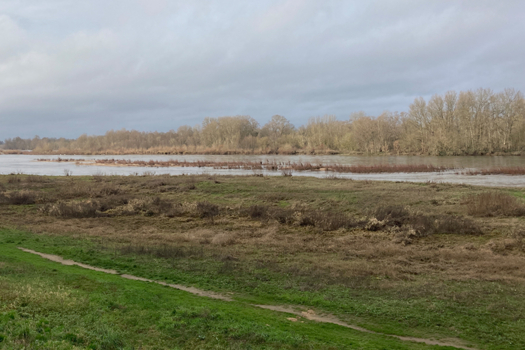
5. How did you form the team for the competition and if so what are the skills you associated?
Having a common passion for nature in general, and specifically the mecanisms of ecosystems and their relationship to cities, we formed the team as an extension of our joint research. We combine our skills as architects with a vision of heritage and landscape (living environments, agriculture, hydrology), to consider landscapes and geography as an heritage, something to pass on.
6. How could this prize help you in your professional career?
Europan is an opportunity to bring different ideas and subjects within the reach of local elected officials. Also, it will help small communities to have access to deep reflections and innovative solutions to help their territory facing tomorrows challenges. From our perspective, Europan can help us having access to public markets, building references that could help us opening a future agency.
TEAM IDENTITY
Legal status:
Team name:
Average age of the associates: 34 years old
Has your team, together or separately, already conceived or implemented some projects and/or won any competition? if so, which ones?
We have been working together since 2019, exploring new possible coexistences between human and non-human through paper projects but also small-scale constructed projects. In 2023 we published a book entitled "L’Ensauvagement : cohabiting with wild life, how and where to make room for it" published by Yves Michel Editions.
Projects :
- Prix spécial du Jury pour « L’ensauvagement » ; Concours d’idées, 2020, Plaine de l’Ain Développement, Idfriches Auvergne-Rhône-Alpes – « Et si les lotissements pouvaient demain servir les villes ? »
- « La petite maison productive » Concours Tiny house 2020 : vers une architecture et un design de l’essentiel, Fondation Huttopia
- Prix sur l’habitat pour « L’écrin face au flot » avec Héléna Lenoir ; Appel à idées,2021, CAUE Cavlvados – « 2040, on se jette à l’eau ! de Deauville à Pont l’Évêque, l’eau au cœur d’un territoire résilient »
- Construction d’un bâtiment de stockage et d’un poulailler pour l’association des jardins partagés de la Butte Pinson à Montmagny (95), 2022 – Maîtrise d’ouvrage : L’agence des espaces verts de la région Ile-de-France
WORKS:






